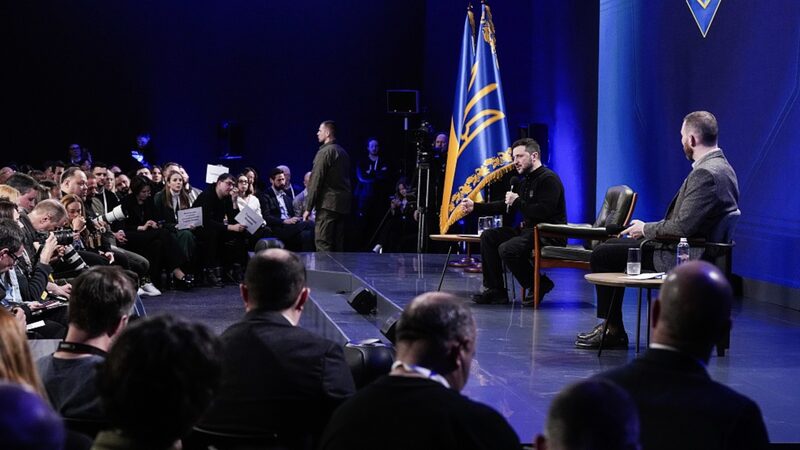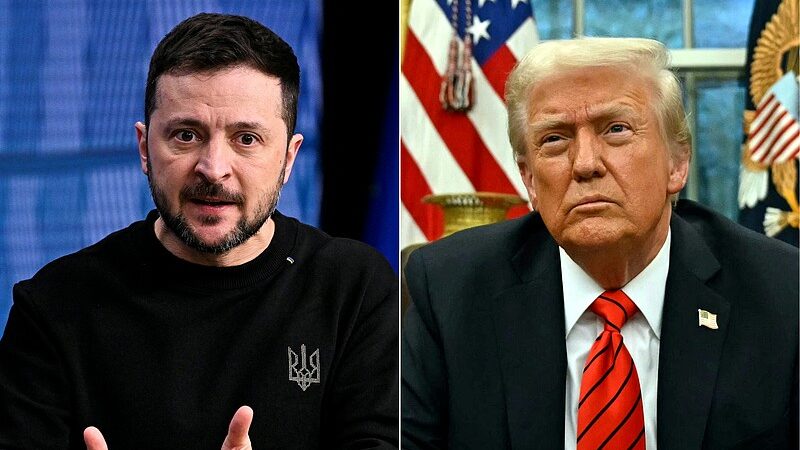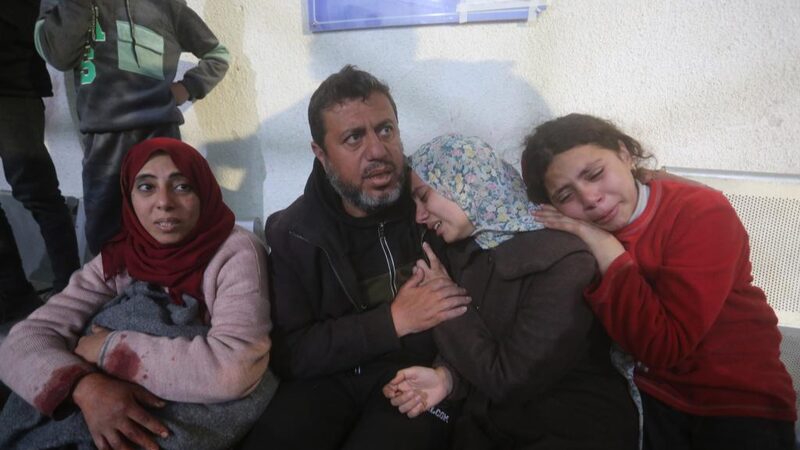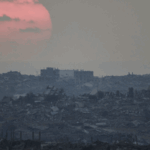NATO Secretary-General Jens Stoltenberg dropped a bombshell ahead of the alliance's Brussels summit, calling today's global landscape 'the most dangerous world in decades.' But critics argue NATO's own actions might be fueling the fire 🔥.
From the Israel-Hamas conflict to the Ukraine war, NATO's strategy of pumping military support into crises while blocking peace efforts is sparking backlash. Protests erupt globally as civilians question why diplomacy takes a backseat to weapons shipments 💣. Even Western media—usually aligned with governments—are raising eyebrows at the gamble.
Stoltenberg's dire warning clashes with NATO's playbook: doubling down on conflicts it helped create. The U.S.-led alliance has funneled billions into Ukraine with little to show after 20 months, while its one-sided support for Israel risks turning regional tensions into a worldwide powder keg 🌍☢️. As Stoltenberg admits danger, many ask: Is NATO fighting fires or fanning flames?
With young activists worldwide demanding de-escalation, the gap between geopolitical chess moves and Gen Z's hunger for stability grows wider. Can alliances built for Cold War crises adapt? Or are we stuck replaying yesterday's conflicts? 🤔💥
Reference(s):
cgtn.com




